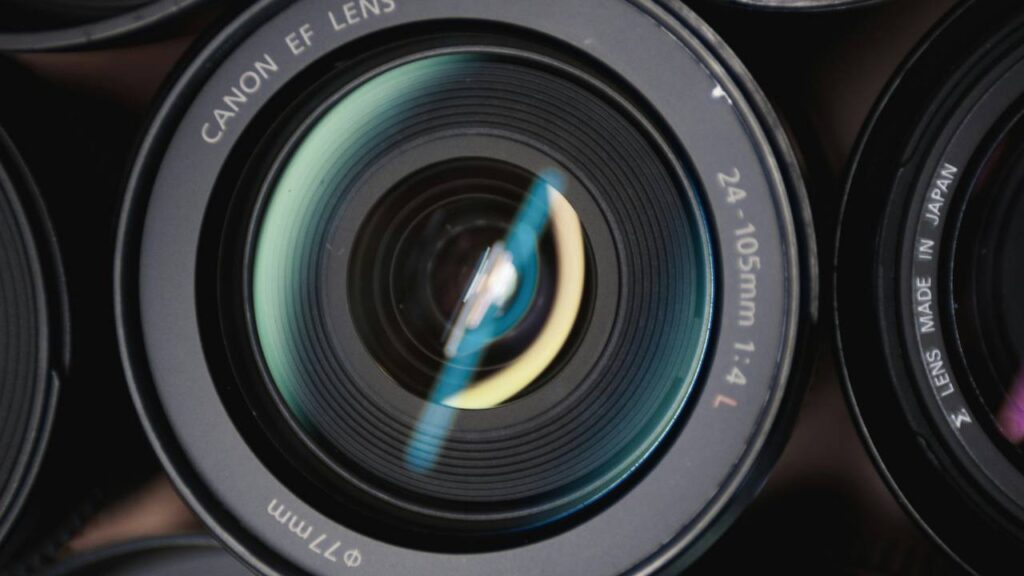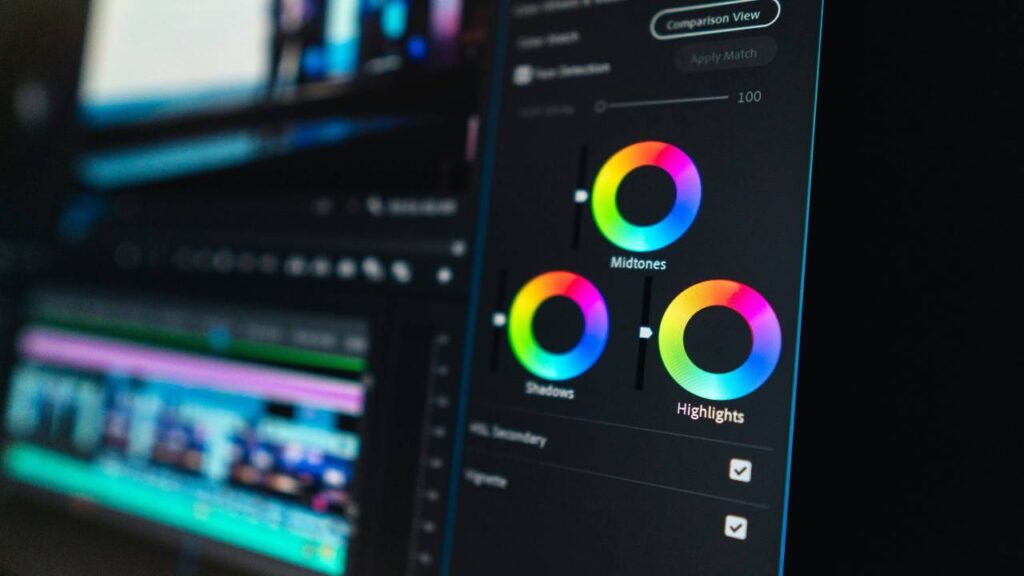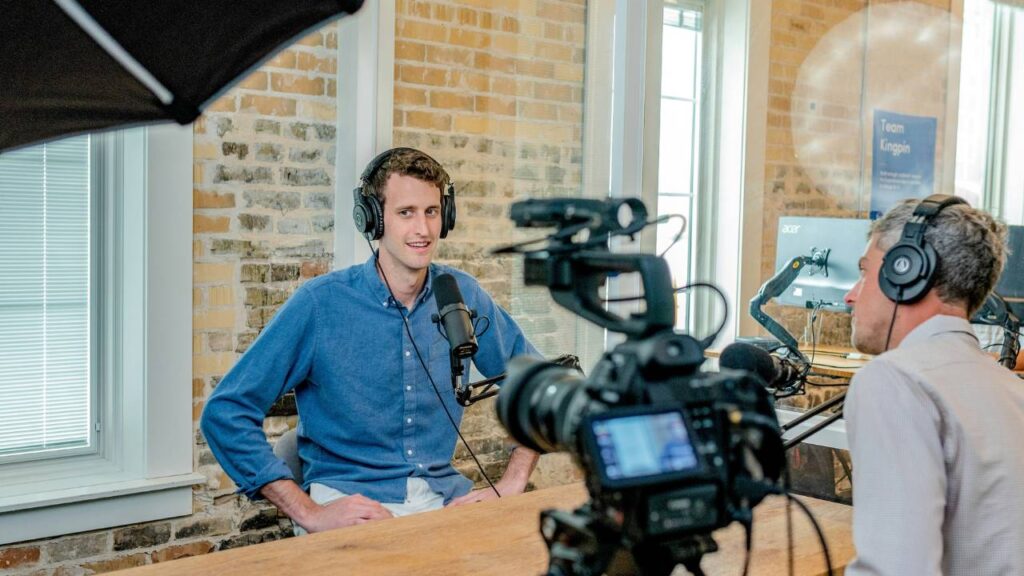Effective public relations photography can make or break your PR campaign. High-quality images not only capture attention but also convey your message clearly and compellingly. By mastering key photography techniques and understanding your audience, you can create visuals that enhance your storytelling and brand visibility.
It’s essential to choose the right subjects and settings to reflect your brand authentically. Pay attention to details like lighting, angles, and composition to ensure your photos are visually appealing and professional. Proper planning and creative execution can dramatically improve the impact of your PR efforts.
Don’t forget the power of emotion in photography. Pictures that evoke feelings instantly connect with viewers, making your message more memorable. Keep experimenting, and don’t be afraid to innovate with your photography approach to keep your audience engaged and interested.
Understanding PR Photography
Effective PR photography enhances your brand’s story and ensures quality visual communication. Images play a vital role in building a positive public image and should ideally be crafted by professional photographers for the best results.
The Power of Images in Public Relations
Images are a key component in public relations. High-quality photos convey professionalism and credibility. A compelling image can capture attention and convey your message more quickly than text alone.
In PR, images help tell a story about your brand or event. They create emotional connections with your audience. A strong visual can enhance press releases, social media posts, and advertisements, making them more engaging and shareable. This can lead to increased media coverage and audience reach.
Commissioning Professional PR Photographers
Hiring a professional photographer ensures your images meet industry standards. Professional photographers have the skill and equipment to produce high-quality photographs that align with your brand’s aesthetics. They understand the nuances of lighting, composition, and timing, which are crucial in PR photography.
Working with professionals also saves you time and effort. You can trust them to capture the essence of your story accurately. This collaboration allows you to focus on other aspects of your publicity campaign, knowing your visual content is in expert hands.
Planning Your PR Photography Session

Planning your PR photography session involves creating clear objectives, choosing the perfect location and setting, and timing it right for the best results. Every detail matters to ensure a seamless and effective shoot.
Creating a Brief with Clear Objectives
Start by outlining your goals. What message do you want your photographs to convey? Define your target audience and think about how the images will resonate with them. Creating a detailed brief is an effective marketing strategy that sets the tone for everything else.
Ask yourself specific questions:
- Who is the intended audience?
- What emotions or responses do you hope to evoke?
- Which platforms will these images be used on?
These answers will help you compile a brief that guides the professional PR photographer. Include details like preferred style, required shots, and any specific themes or brand guidelines. A clear brief ensures everyone is on the same page and lessens the likelihood of miscommunication.
Selecting the Right Location and Setting
The next crucial step is picking the right location and setting. This decision impacts the story your photos tell. Think about your brand image: do you want a formal, business-like background or a more relaxed, casual environment?
Visit potential locations ahead of time. Check the lighting conditions, accessibility, and suitability for your needs. If you’ve got specific props or set designs in mind, ensure they fit well within the chosen location.
Consider:
- Indoor vs Outdoor settings
- Availability of natural light
- Background elements that complement your message
A well-chosen setting adds depth and context to your PR photographs.
Scheduling the Shoot for Optimal Timing
Timing can make or break your photography session. Plan your shoot when the conditions are best for photography. Discuss with your professional PR photographer to pick the optimal time of day, considering light and weather conditions.
If you’re shooting outdoors, the golden hour—just after sunrise or just before sunset—offers the best natural lighting. Ensure all participants are available at the scheduled time to avoid delays.
Create a detailed schedule:
- Arrival times
- Set-up duration
- Specific time slots for different shots
A well-planned timetable ensures the shoot runs smoothly.
Executing the Shoot
Executing a successful public relations photography shoot involves clear direction and technical proficiency. From managing angles and lighting to using the right equipment, every detail contributes to the final outcome.
Directing the Shoot for Maximum Impact
Directing a shoot involves guiding the subjects to capture the desired vision. Clear communication is essential.
Instruct your subjects on the desired poses and actions.
Use props creatively to add depth and context to the images.
Choose impactful angles that highlight your subjects effectively.
Make sure your subjects feel comfortable to convey authentic expressions.
Lighting is crucial. Use natural light when possible or arrange artificial lighting to enhance your subject. Experiment with different setups to achieve the best results, ensuring every shot aligns with the intended message.
Utilising Equipment and Technical Skills
The right equipment and skills can significantly enhance your shoot. Use a high-quality camera and lenses.
Consider the cost of various accessories and invest in those that add the most value, such as tripods for stability or reflective screens for better lighting control.
Master your equipment. Understand settings, such as ISO, shutter speed, and aperture, to adapt to different conditions.
Be prepared for on-the-spot adjustments.
Keep backup batteries and memory cards. This ensures there are no interruptions.
Constantly refine your skills to keep up with professional photography standards and emerging trends.
Post-Production Essentials

In post-production, your aim is to select great images that portray quality and consistency. This involves a careful selection process and meticulous editing work.
Selecting the Best Images
When choosing images, focus on clarity and composition. Look for photos that capture the subject engagingly.
Create a shortlist through multiple reviews. Get a second opinion from colleagues for a varied perspective.
Consider these factors:
- Lighting: Is the subject well-lit?
- Expression: Were you able to capture natural expressions?
- Background: Does the background complement the subject?
Use a rating system to keep track of the best options. This can be as simple as star ratings or colour coding.
Editing for Quality and Consistency
Editing refines your photos, enhancing quality and ensuring consistency. Start with basics like cropping and straightening.
Adjust brightness, contrast, and saturation to bring out the best in every image. For high quality, meticulously retouch any imperfections.
Use presets or filters to maintain a consistent look across all images. This helps in creating a cohesive visual narrative.
Export images in the correct format and resolution for the intended platform – ensuring they look great whether in print or online.
Maximising Impact across Different Platforms
To make your public relations photography stand out, it’s crucial to adapt your visuals to suit each platform’s unique requirements. By tailoring images for social media and adapting them for print and online articles, you can enhance their effectiveness and reach.
Tailoring Images for Social Media
Platforms like Instagram, Facebook, Pinterest, and Twitter each have distinct image specifications and audience expectations. For Instagram, consider its square format and focus on vibrant, engaging visuals. Facebook supports multiple image types, but high-resolution images and infographics perform well.
Pinterest thrives on vertical images with a 2:3 aspect ratio, often used for how-tos or step-by-step guides. Twitter benefits from horizontal images that grab attention in the fast-paced news feed. Always use alt text for accessibility and tags to increase engagement.
Adapting Visuals for Print and Online Articles
Print and digital articles require clear, high-resolution images to maintain quality across different sizes and formats. In the digital age, online articles benefit from images optimised for quick loading times without sacrificing quality. Use JPEG or PNG formats for online content.
For print, ensure images are at least 300 DPI to avoid pixelation. Properly labelled and captioned photos can provide context and enhance reader engagement. Whether for internet-based or traditional media, ensure your visuals align with the article’s tone and message.
Incorporating PR Photos into Marketing Strategies

Incorporating professional public relations photos into your marketing strategies can significantly enhance your brand identity and make press releases more engaging. You’ll find that striking visuals can boost your marketing materials and overall appeal.
Enhancing Press Releases with Engaging Photographs
Engaging photographs can make press releases more compelling. A well-chosen image can capture the essence of your message, drawing the reader in and creating a memorable impact. High-quality photos help with media coverage, as publications are more likely to feature your story if it includes visually appealing content.
Use captions to provide context and highlight key points of your announcement. Ensure that images are relevant and add value to the content. Adding multiple photos from different angles can offer a complete view of your subject and keep readers interested.
Building Brand Identity through Visual Content
Visual content is crucial for building and reinforcing brand identity. Consistent imagery helps establish your style, tone, and values. Using a specific colour palette, logo placement, and photographic style in your PR photos strengthens brand recognition across various platforms.
Your images should reflect your brand’s personality—whether that’s professional, fun, innovative, or something else. Consistency in visual content across advertising, social media, and other marketing materials enhances overall brand coherence.
Create a visual style guide to maintain a consistent look and feel. This guide should include guidelines on colour schemes, typography, logo usage, and preferred image styles, ensuring that every piece of visual content aligns with your brand’s identity.
Maintaining Professional Excellence
Professional excellence in public relations photography involves staying current with industry changes and building strong relationships with picture editors and media professionals. These elements ensure you remain competitive and well-regarded in your field.
Staying Up-to-Date with Photography Trends
As a professional photographer, keeping abreast of the latest trends is crucial. Regularly review photography publications, attend workshops, and participate in photography forums. This helps you understand emerging styles and technologies, ensuring your work remains fresh and relevant.
Utilise social media platforms like Instagram and Pinterest to see what styles are gaining popularity. Engage in continuous learning through online courses or industry conferences. By being aware of new techniques and equipment, you can stay ahead of the curve, offering clients the latest in creative photography.
Cultivating Relationships with Picture Editors and Media
Building and maintaining relationships with picture editors and media professionals is fundamental for gaining media coverage. Networking is key. Attend industry events and media gatherings to meet these professionals face-to-face.
Ensure prompt and professional communication when working with editors. Deliver high-quality images that meet their specifications and deadlines. Demonstrating reliability and consistency will enhance your reputation. Stay engaged with their publications to understand their needs and preferences, making your pitches more effective. Regular touchpoints, such as sending updates about your latest projects, help keep you on their radar.
Conclusion
Effective public relations photography can make a significant impact on your brand’s image.
- Remember to focus on telling a story through your images.
- Keep your audience in mind and tailor your photos to resonate with them.
- Don’t overlook the importance of high-quality equipment and proper lighting.
- Practise and experiment to discover what works best for your brand.
- As part of your overall content marketing strategy, use PR photos to complement your messages and enhance online visibility across all platforms.
- Lastly, always stay authentic and consistent with your brand values.
By following these tips, you’ll be able to create compelling and impactful visual content that supports various types of public relations efforts and boosts your brand’s visibility and reputation.
